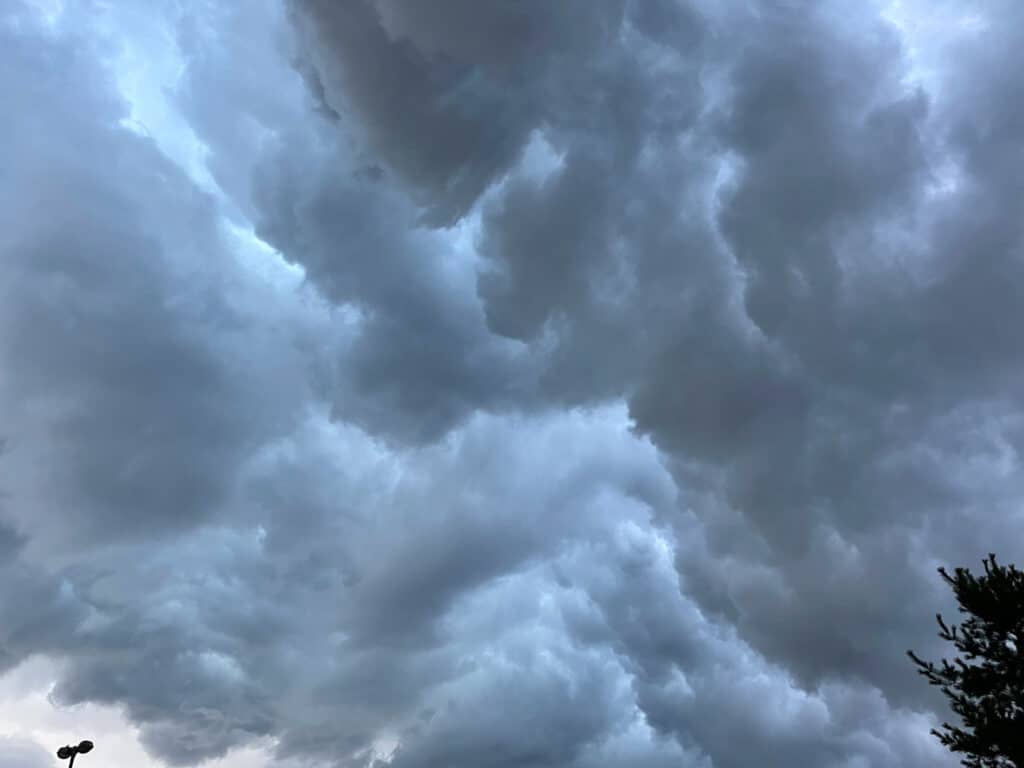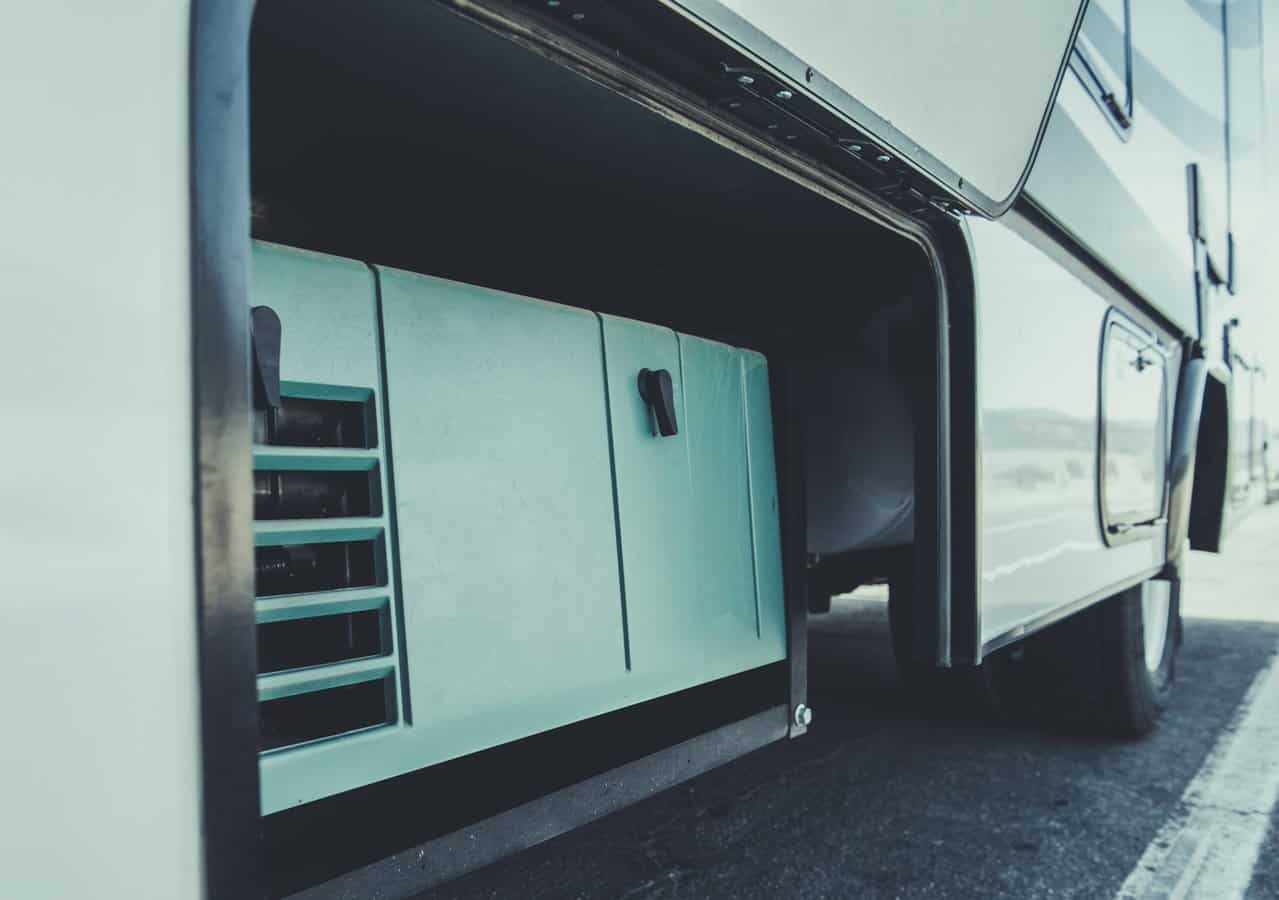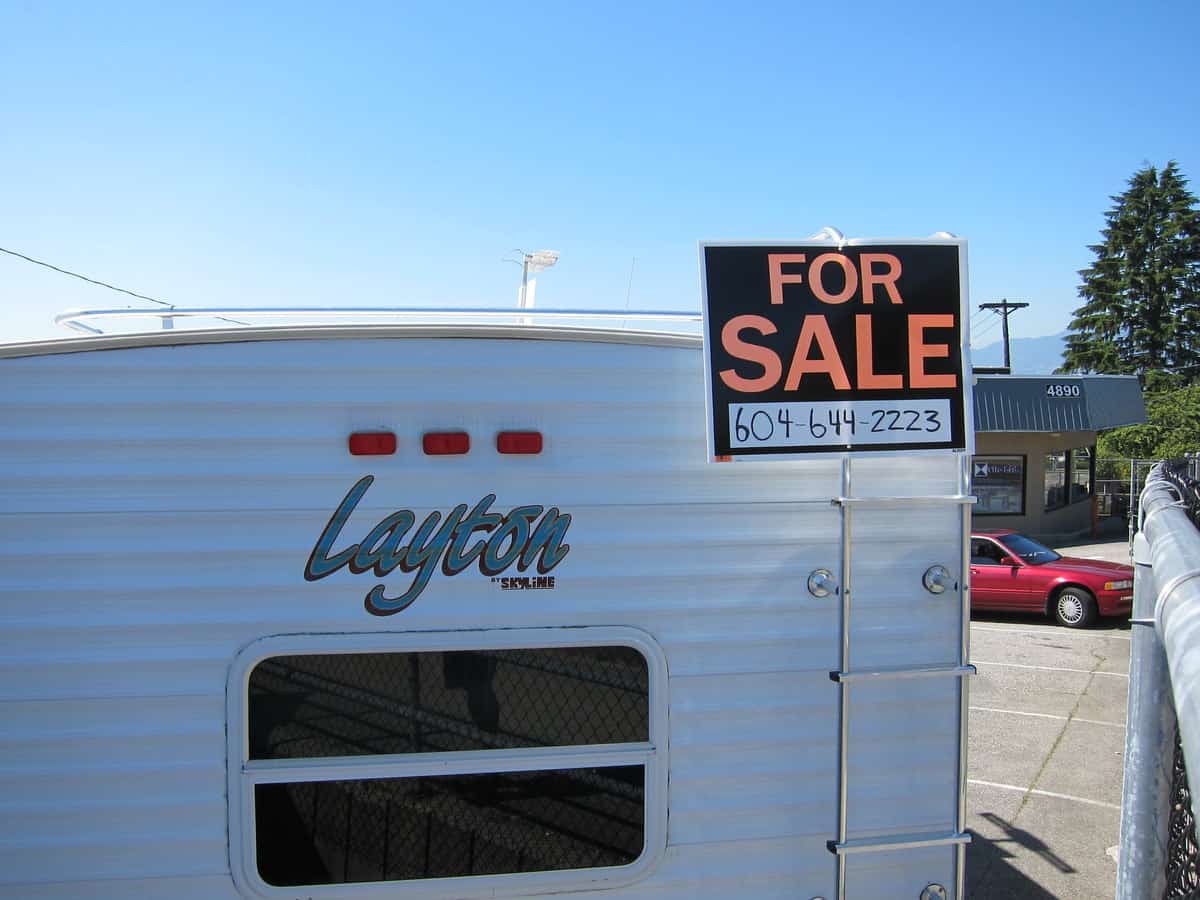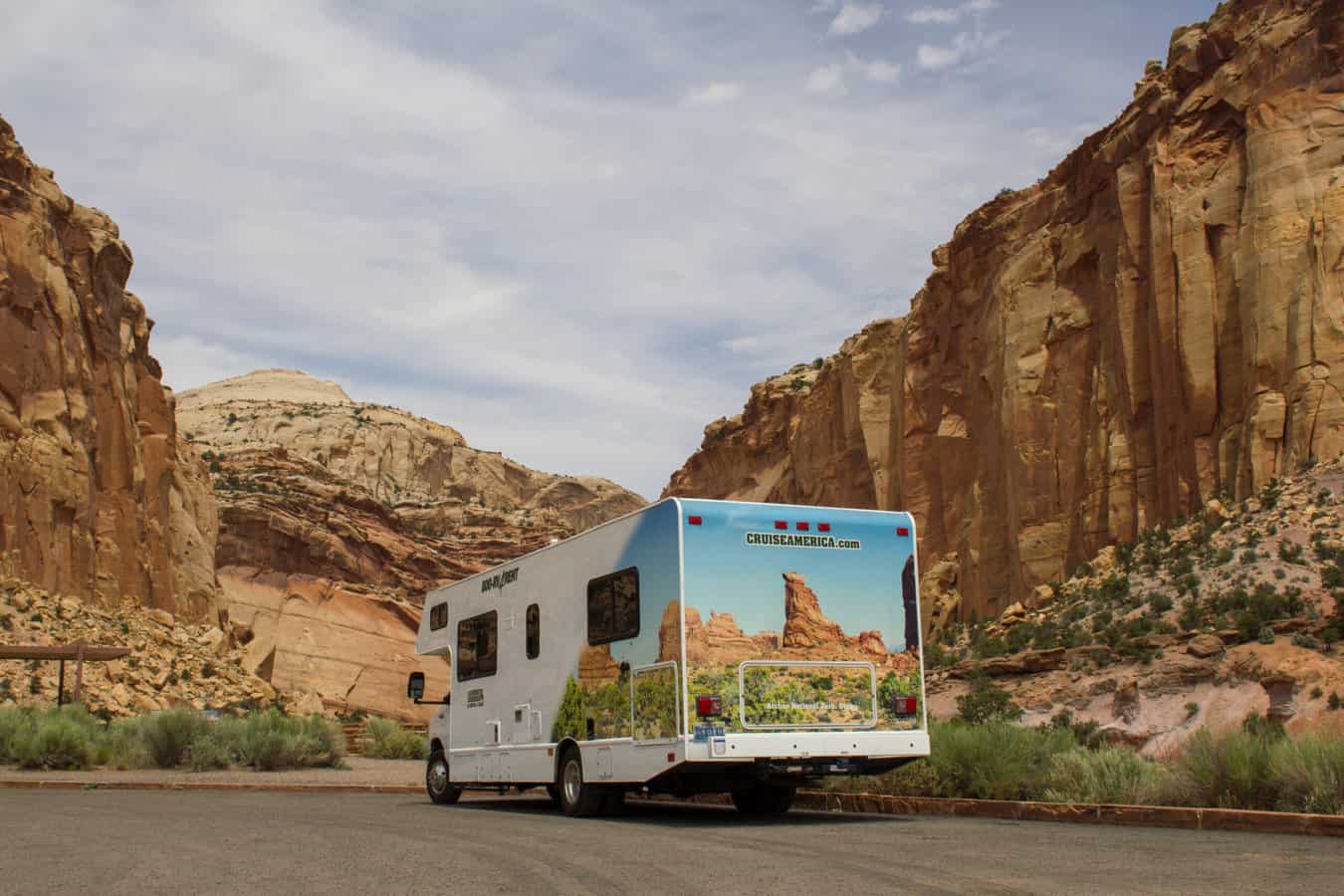 Source: Photo by author
Source: Photo by authorCamping In Remote Areas: Preparation Tips That You Should Know
When planning for emergencies in remote areas, consider everything from RV issues to health emergencies or even an injured pet. It’s also vital to think about all potential causes of emergencies.
Preparing ahead for any situation that may arise is key. For example, a study by the National Park Service indicates that over 11,000 search and rescue operations are conducted each year in National Parks, often due to unprepared travelers.
Check weather forecasts and alerts
The best defense against emergencies in remote areas is to prevent them in the first place. With today’s online resources, we can be more informed than RVers in the past. In addition, it’s always a good idea to carry a weather radio with you in the RV.
Real-time weather forecasts and alerts can significantly reduce risks. The National Weather Service reports that the use of weather alerts has drastically reduced weather-related fatalities in recent years.
Maintain your RV
Reducing emergencies involves not only being alert and flexible but also keeping your equipment and health in peak condition. Proper maintenance of your RV, towing vehicles, and equipment lowers the risk of equipment-related emergencies. Good health also plays a critical role, as it enhances your ability to respond effectively to various emergencies.
Carry extra supplies
Carrying extra supplies is a fundamental aspect of emergency preparedness, especially in remote areas. When venturing into such locations, it’s essential to always plan for the unexpected and ensure you have sufficient supplies to sustain you for an extended period. This preparedness is crucial because help or resupply may not be readily available.
A comprehensive supply kit should include enough food and water to last at least a few days, if not longer. Food items should be non-perishable and easy to prepare, such as canned goods, dried fruits, nuts, energy bars, and ready-to-eat meals. It’s important to consider the nutritional value and calorie content of the food, ensuring it can provide the necessary energy for any physical activities or emergency situations you might encounter.
Water is vital for survival, and carrying an adequate supply is essential. In addition to bottled water, it’s advisable to include water purification methods, like tablets or a portable filter, in case you need to source water from natural environments. These purification methods can make water from streams, lakes, or other natural sources safe to drink.
Your supply kit should also contain other essentials, such as a first-aid kit, flashlights with extra batteries, a multi-tool or Swiss Army knife, matches or a lighter, a whistle for signaling, and a map of the area. Depending on the environment, additional items like warm clothing, rain gear, a sun hat, sunscreen, insect repellent, and a sturdy pair of hiking boots can be crucial.
In some scenarios, extra items like a tarp for shelter, a sleeping bag, firewood or a portable stove, and a portable charging device for electronics might be necessary. It’s also wise to include a small amount of cash, as electronic payment methods may not be available in more isolated settings.
Solar power: a necessity
In remote locations, where traditional electricity sources like shore power are not available, having a reliable source of electrical power is vital. This is where solar panels and generators come into play. Solar power, in particular, stands out as a safer, quieter, and more environmentally friendly alternative to generators.
The use of solar panels offers a sustainable and renewable energy source, harnessing the sun’s power to generate electricity. This method is particularly advantageous in remote areas, as it eliminates the need for fuel supply, which can be a significant logistical challenge. Unlike generators, solar panels operate silently, ensuring a peaceful environment that doesn’t disturb the natural setting or wildlife.
Moreover, in dry and arid terrains, where the risk of fire is higher, solar panels present a safer option compared to generators, which can be a potential fire hazard due to their heat output and fuel requirements. The clean energy from solar panels also means there are no emissions or pollutants released into the environment, making it a more sustainable choice.
The efficiency of solar power systems has improved significantly over the years, with modern panels being more compact, powerful, and capable of storing energy in batteries for use during non-sunny periods. This reliability ensures that essential devices, such as communication tools, navigation aids, and emergency equipment, remain operational, which is crucial for safety in remote areas.
Communication tools for safety
Staying connected while in remote areas is crucial for safety, particularly for being informed about potential emergencies like fires, tornadoes, or floods. Advanced communication tools, such as smartphones and satellite phones, play a key role in receiving timely alerts and information that can be critical for avoiding or managing emergency situations.
The significance of reliable communication in emergencies cannot be overstated. According to the Federal Communications Commission, more than 70% of 911 calls come from mobile phones. This statistic underscores the importance of having a functioning mobile device in emergencies. In areas where cell service is unreliable, satellite phones or other communication devices like GPS messengers can be lifesavers, enabling you to call for help or receive crucial updates even from isolated locations.
In addition to these devices, apps and services that provide real-time weather updates and emergency alerts can be invaluable. They allow travelers to stay ahead of rapidly changing conditions and make informed decisions about their safety and travel plans. For instance, knowing in advance about a developing storm or wildfire can give you enough time to evacuate or change your route.
 Source: Photo by author
Source: Photo by authorThink and plan ahead
Preparing for emergencies, especially when exploring remote areas in an RV, demands thoughtful consideration and planning for various potential scenarios. This involves a comprehensive evaluation of risks, maintaining flexibility in your travel plans, and ensuring you have the necessary tools and resources at your disposal.
One effective way to plan for a safe RV route is by using tools like RV LIFE Trip Wizard and the RV LIFE App. These tools are designed to help you plan your journey with safety and convenience in mind. RV LIFE Trip Wizard allows you to map out your trip, taking into consideration the specific requirements and limitations of your RV. It helps identify the best routes, avoiding roads that may be unsafe or unsuitable for your vehicle. It also provides valuable information on campgrounds, points of interest, and essential services along your route.
The RV LIFE App complements this by offering a GPS-enabled navigation system tailored for RV travel. It can alert you to low clearances, steep grades, and other potential hazards specific to RVs, helping you avoid routes that could lead to dangerous situations. Additionally, the app provides access to a community of fellow RVers, where you can share experiences and advice, further enhancing your preparedness.
Staying aware of your surroundings and maintaining a connection, both with your environment and the broader RV community, are crucial aspects of safe travel. These tools not only assist in planning a safe route but also help you stay informed about changing conditions and potential hazards.
By combining the power of advanced planning tools like RV LIFE Trip Wizard and the RV LIFE App with a readiness to adapt as situations change, you can confidently explore remote areas. Preparedness, informed by accurate and up-to-date information, allows you to enjoy the freedom and adventure of RV travel, secure in the knowledge that you are well-equipped to handle the unexpected.
Image Sources
- 044BC470-4D29-43D0-B5BB-03FB5191AAE9: Photo by author
- D378F35F-6FDC-4C70-A199-25A01DBB25E4: Photo by author




